A Black Officer, a White Woman, a Rare Murder Conviction.
Share
Explore Our Galleries
Breaking News!
Today's news and culture by Black and other reporters in the Black and mainstream media.
Ways to Support ABHM?
By John Eligon, New York Times

Mohamed Noor, center, was found guilty this week in the fatal police shooting of Justine Ruszczyk. Credit – Craig Lassig/Reuters
The national debate over race and policing has felt particularly close to activists in Minneapolis, who viewed several cases in their region as examples of police officers not being held accountable for killing black civilians.
But when the justice system finally came down on an officer in a fatal shooting this week, it was not exactly the victory those activists had been seeking.
Mohamed Noor, who is black, Somali and Muslim, became the first Minnesota police officer convicted of murder in an on-duty killing, when a jury found him guilty on Tuesday in the fatal shooting of Justine Ruszczyk, who was white.
While many in the community said Mr. Noor should have been held accountable, they could not help but wonder what the outcome would have been if the races of the officer and the victim had been flipped….
Legal action against police officers involved in fatal shootings is exceedingly rare. Since 2005, 101 nonfederal officers have been charged with murder or manslaughter in shootings while they were on duty, according to Philip Stinson, a criminologist at Bowling Green State University. About 36 percent of those officers have been convicted, but only four of them on murder charges; the others were for lesser offenses.
In 2016, a police officer in a suburb of St. Paul, Minn., shot and killed Philando Castile, who was black, during a traffic stop. The officer, who was Latino, was charged with manslaughter and acquitted by a jury after saying he had feared for his life.
In the Noor case, Mike Freeman, the Hennepin County prosecutor, was criticized by some who said he was holding Mr. Noor to a different standard than he has white officers — an accusation that the prosecutor fiercely denied after the verdict was announced.
“I’ve heard a small group in the community make disparaging remarks about me and this office to the effect that I won’t charge white cops who shoot black people, but I’ll charge black cops who shoot white people,” he said during a news conference. “That simply is not true. Race has never been a factor in any of my decisions and never will be.”
Read the full article here
Read more Breaking News here
View more galleries from ABHM here
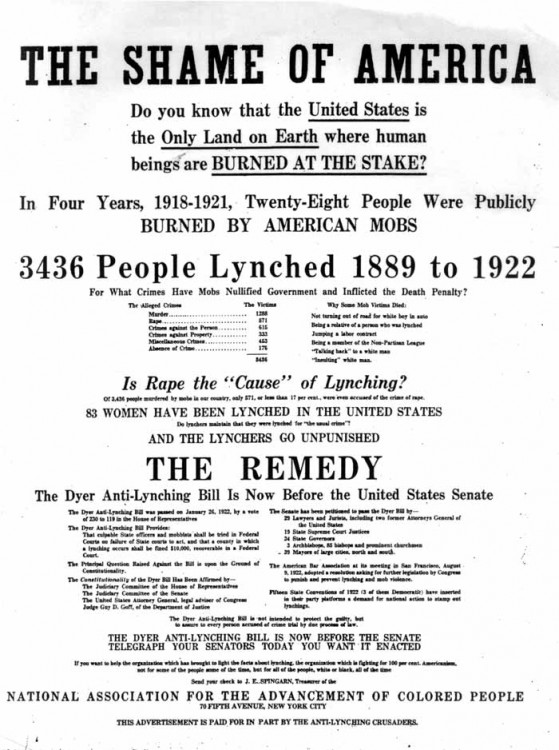
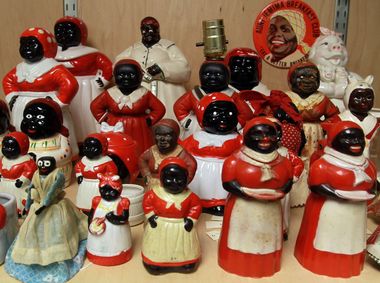


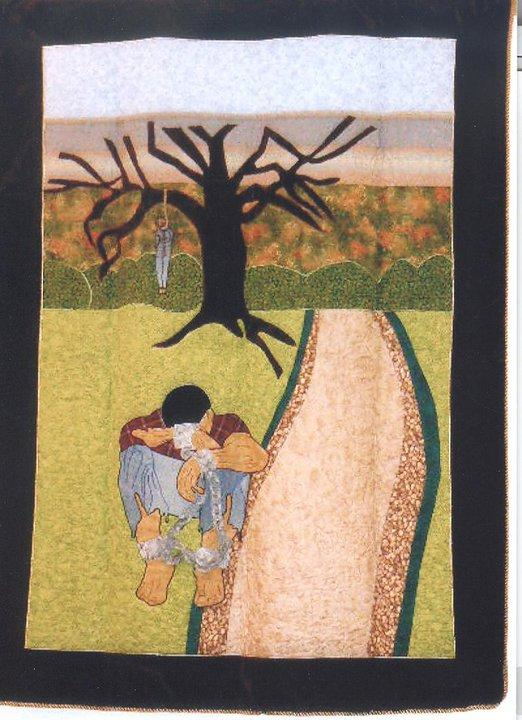
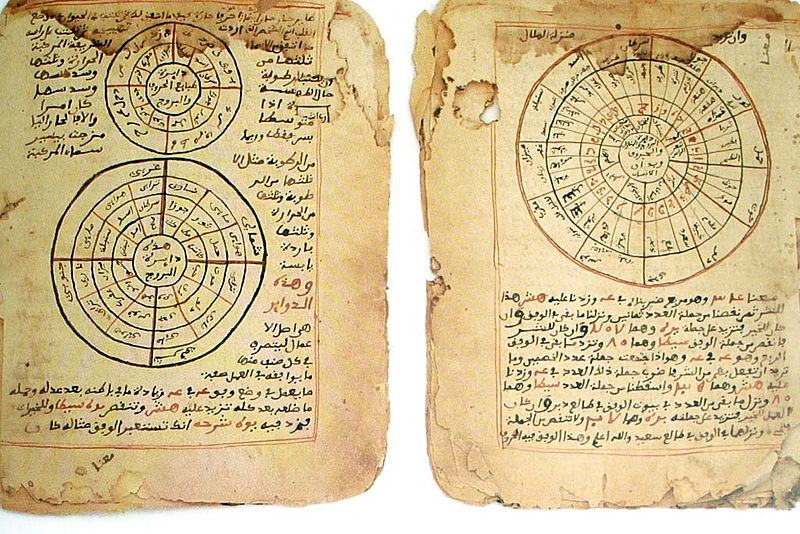
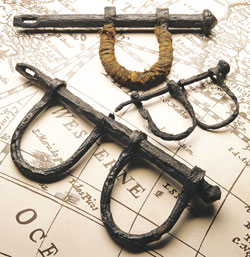


Comments Are Welcome
Note: We moderate submissions in order to create a space for meaningful dialogue, a space where museum visitors – adults and youth –– can exchange informed, thoughtful, and relevant comments that add value to our exhibits.
Racial slurs, personal attacks, obscenity, profanity, and SHOUTING do not meet the above standard. Such comments are posted in the exhibit Hateful Speech. Commercial promotions, impersonations, and incoherent comments likewise fail to meet our goals, so will not be posted. Submissions longer than 120 words will be shortened.
See our full Comments Policy here.